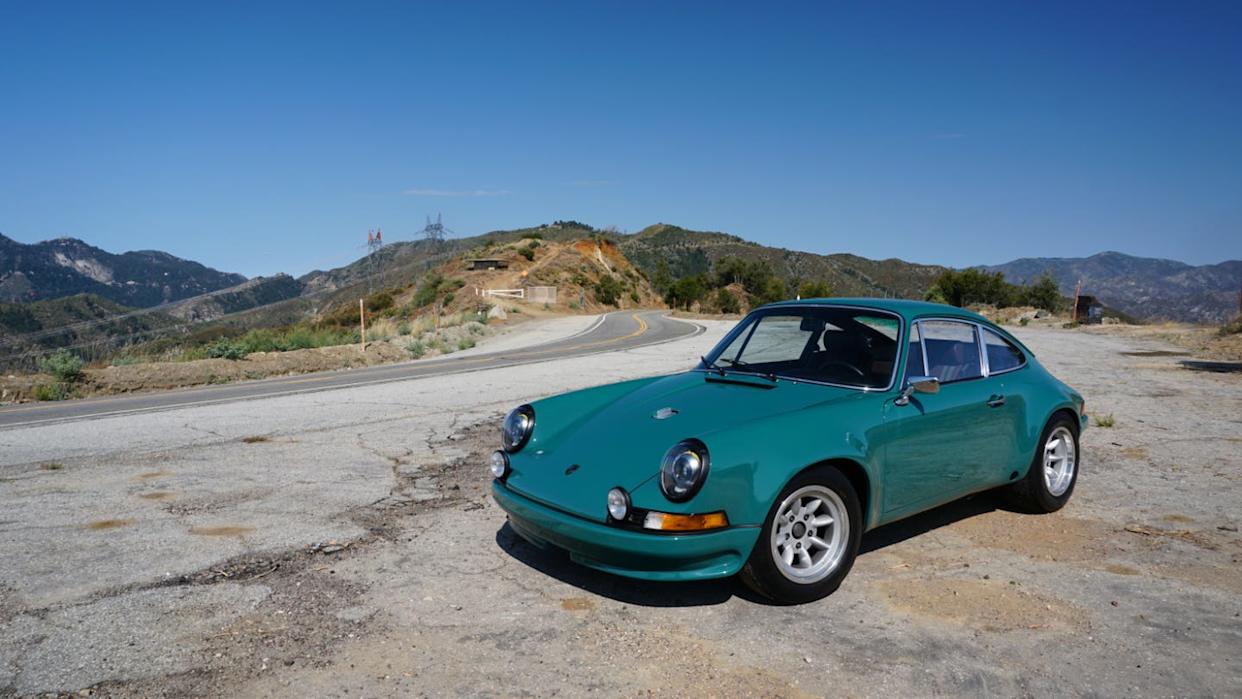
San Diego-based Makellos remakes air-cooled Porsche 911s into more modern machines, from suspension to engines to anything you want.
Makellos means "flawless" in German, so they have confidence.
This one’s for sale at $450,000. Who's in?
If you’ve ever driven one of the great air-cooled Porsche 911s, you know the magic they impart behind the wheel: The light front end, the heavy engine hanging behind the rear axle, the rev-matching joy you got when you downshift perfectly into a corner then powered out listening to that semi-rattly metal sound as it clatters up through the rev range.
Drivers require actual skill to get the most out of them. The average knucklehead couldn’t drive them very well. Those were the guys who spun out and blamed the “uneven balance” or “camber-shifting, toe-swapping rear suspension” that changed the contact patch.
And yet, even for the purist, the Autoliebhaber (car lover), there were things you wish Porsche had done differently, better, even.
That’s where Makellos comes in. The company name is another German word, this one translated as “flawless.” Is that overconfidence? Hubrus? Let’s have a look.
Makellos started in 2013. The father/son duo of John and Matt Kenyon started out tending to John’s car collection. Matt had just graduated with a business degree and had other plans, but then he helped his dad sell a couple of Porsches and liked it.
Some of the Porsches needed a little work, so they got some great mechanics to tend to that. Then customers asked for certain things. Some wanted maintenance, but others had bigger plans, including restorations. Pretty soon the whole thing snowballed into Makellos.
Now they’ll do whatever you want. A good example of their work is the car you see here, known internally as, “The Green Car.”
External Filler for Engine ‘OEL’
It’s owned by Makellos (and is for sale, at $450,000). It’s painted in a color from the 356 era called Smyrna Green. Steel fender flares front and rear widen the look and cover Braid 8J/9Jx15 Fuchs/Minilite wheels and Michelin tires.
The fuel filler pokes out from the middle of the hood (a la Singer) and leads to a 100-liter, 26-gallon rally fuel tank. There’s an external filler for engine oil that says “OEL” and which Porsche discontinued after a few too many gas station attendants put gas in the oil reservoir.
Inside are supportive seats swathed in woven leather fabric that matches the exterior color in the highlight strips. There’s more woven fabric throughout.
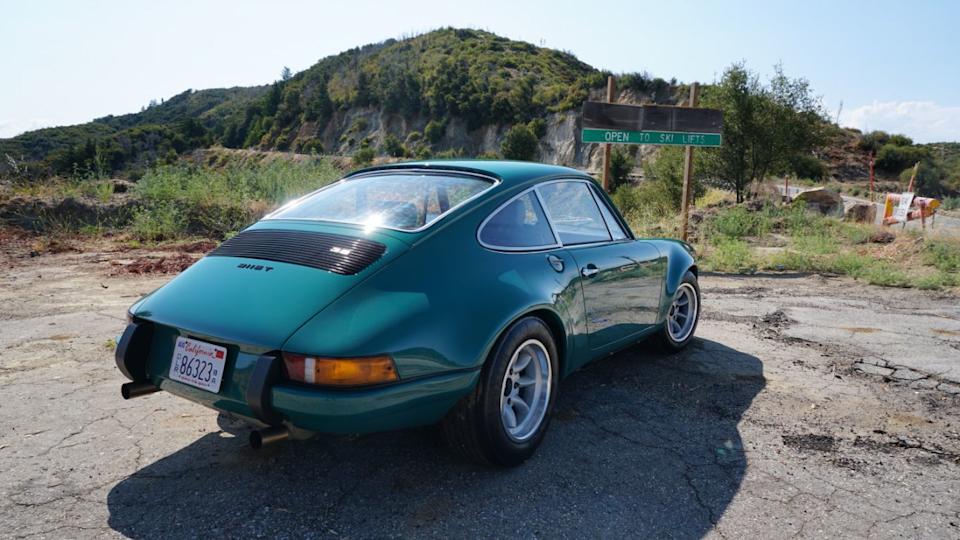
Under the hood in back is a 3.2-liter flat six bored out to 3.5 liters running 10.2:1 compression. There are many mods to the engine, from the 964 crankshaft and 996 GT3 bearings and oil pump to forged rods and Mahle pistons.
It’s topped off by a 996 GT3 intake plenum that looks downright royal. Matt figures the engine is churning out more than 300 hp.
But the biggest changes may be to the suspension.
Bilstein Coilovers at All 4 Corners
“We get customers who come in and want all kinds of things,” said Matt, who now owns and runs the shop, with dad occasionally helping out as needed. “We are kind of going for a street performance, but we didn’t want it to be too stiff.”
There’s always a balance in setting up any suspension.
“You can definitely feel the road, but it’s a little softer than some people want, like a track car,” Matt said. “We get a lot of customers that want, and are used to, a track setup, and they don’t mind stiff. But I don’t love doing too-stiff. The goal is just to make it a nice, comfortable, sporty ride.”
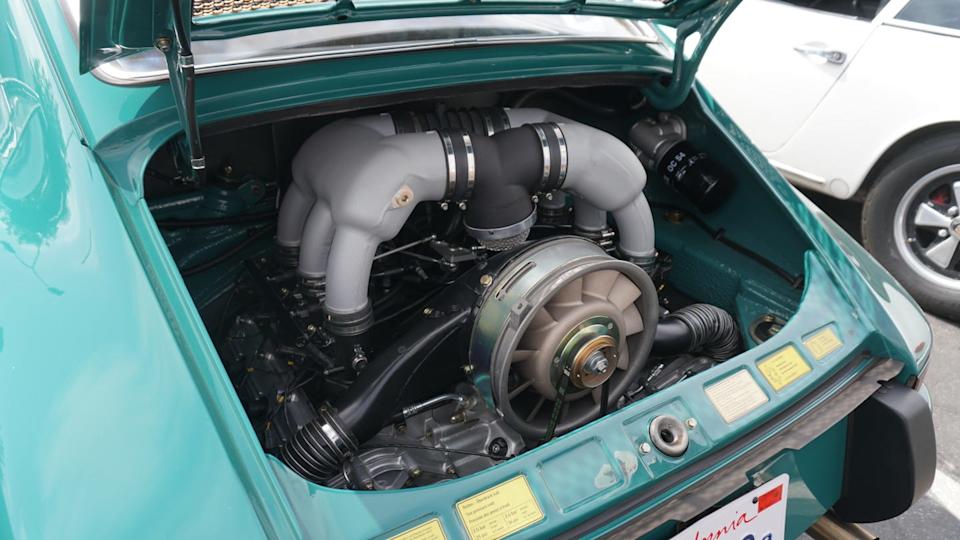
So how exactly does a tuner do that? How do you set the car up to be an improvement on stock but not so harsh that you lose all the fillings in your teeth?
There’s an infinite number of performance Porsche parts out there floating around in the world, but how do you know which ones to use? Here’s Makellos’ setup:
“Obviously, it’s not a torsion-bar suspension anymore. It has Bilstein coilovers at all four corners,” Matt said. “The bushings are polygraphite, they’re not rubber like the stock bushings, and they’re not metal like the track-only guys want. The bushings play a good part in that.”
A lot of it is experience.
Uses Original Control Arms
“So just basically, from playing with these cars, putting a lot of these customers’ cars together, we’ve kind of just come up with a good ratio of, ‘Hey, you get plenty of control with the car,’ but you still get the somewhat of a soft feel to where it’s not uncomfortable,” Matt said.
Not everything’s changed on The Green Car.
“It still has the original front control arms, the rear control arms, that 935 suspension plate set up. But on those, you’re still going to get your polygraphite bushings that’s matching those front and rear, and then the coilovers. You want to make sure you don’t go too stiff of a spring,” Matt said.
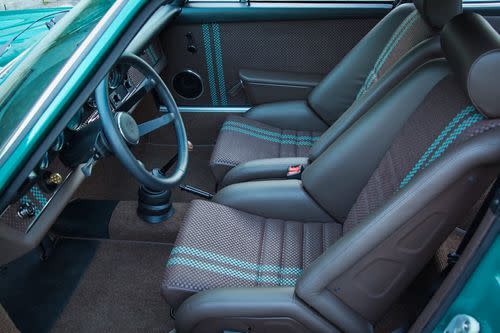
How does it all feel? I took it out on Angeles Crest Highway to the Good Vibrations Breakfast Club one recent Friday morning to see.
The starter key is still on the left, and it starts right up. The Porsche 915 five-speed manual gearbox was stiff, but not recalcitrant. Matt said it would get easier the more use it had. Clutch engagement came comfortably at about mid-pedal-travel.
If you’ve driven modern 911s with their great gobs of power and torque, it’ll take your brain a second to recalibrate to “just” 300+ ponies. But after a while it feels entirely appropriate for this 1972 model.
Loud, Even With Windows Closed
It’s loud, really loud, even with the windows closed, and a long rally like the California Mille Miglia or the Colorado Grand might wear on your eardrums. But that’s what those fluorescent green foam ear plugs are for. They also cut down on unnecessary conversation.
The air conditioning was miserable, especially during the hot SoCal summer. Sometimes nothing would come out—sometimes a little would come out. This needs improvement.
If you’re used to a mid-engine sports car, or even a front-engine Chevy Corvette, you’ll likewise need to recalibrate your sitzplatz to the 911. On the way up the Crest you can feel the lightness of the front end that defines all 911s, but the heavy rear end means power gets down to the ground under acceleration.
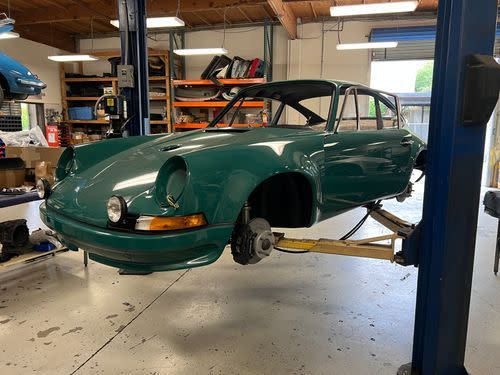
Though I was pushing it a safely fun amount, I never got the fronts to squeal nor the rear end to move around. The car held on tight through every corner and powered out perfectly. You can’t fault this thing for lateral acceleration.
I was a little surprised that the steering didn’t feel more precise, though.
“There’s not much you can do on the steering on these cars,” Matt said. “There’s spacers and stuff, there’s little things, but for the most part, the steering rack is a steering rack.”
More could be done to the car, but then you’d lose the character of the original.
“All of our customers want hot rod cars. They want their cars to still run like a ’72, feel kind of like a ‘72 911, still have all that personality and those traits. But they want all the upgrades. If Porsche were to build that car today, with all the upgrades that are available, they’d feel probably more like this.”
Which isn’t bad at all.
Makellos can build something like this for you, or they can get that barn find 911 cleaned up and made safe while retaining all that original character that make people love these.
The choice is yours, limited perhaps by your budget. It’s a lot less than a Singer, but a lot more than a new 911 GT3 whatever. So choose wisely. Unless you have lottery money, in which case just buy one of everything.
Would you rather buy this or a Porsche 911 GT3 for less $$$? Let us know below.

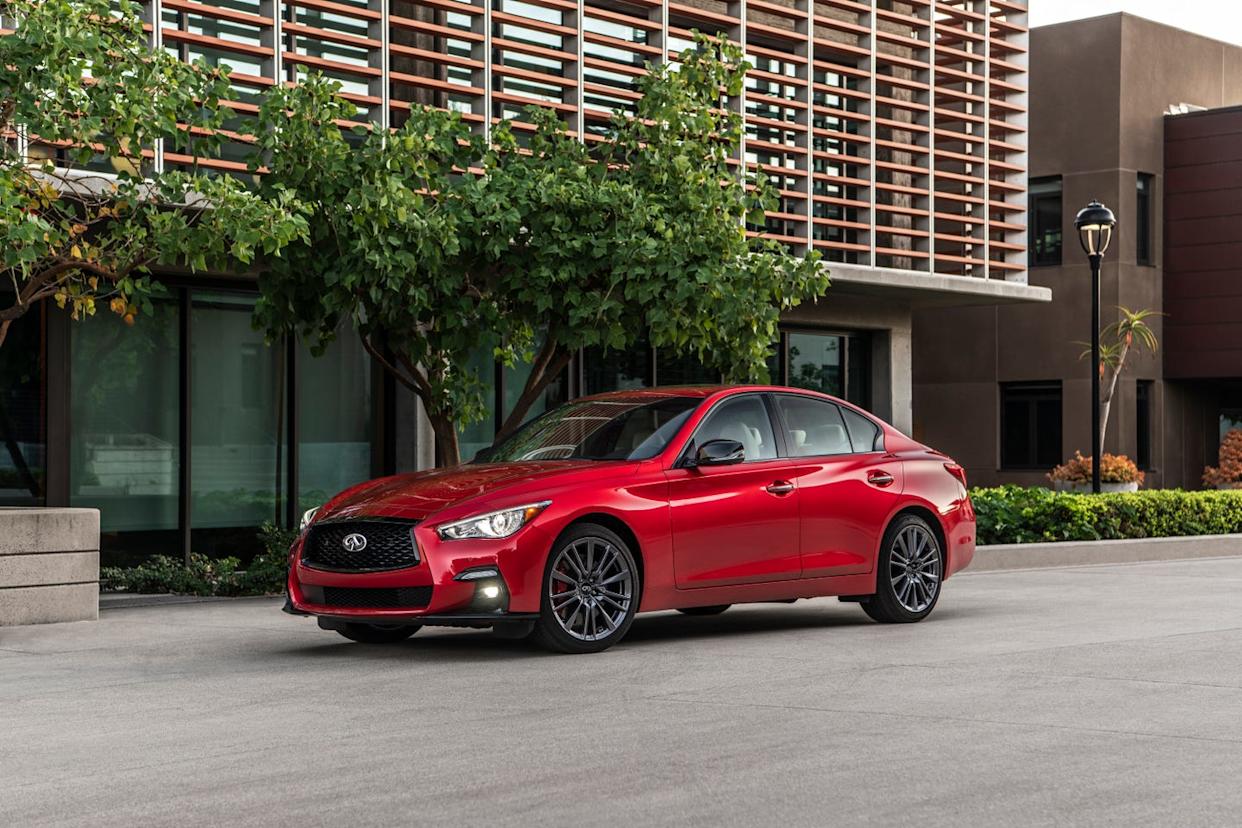
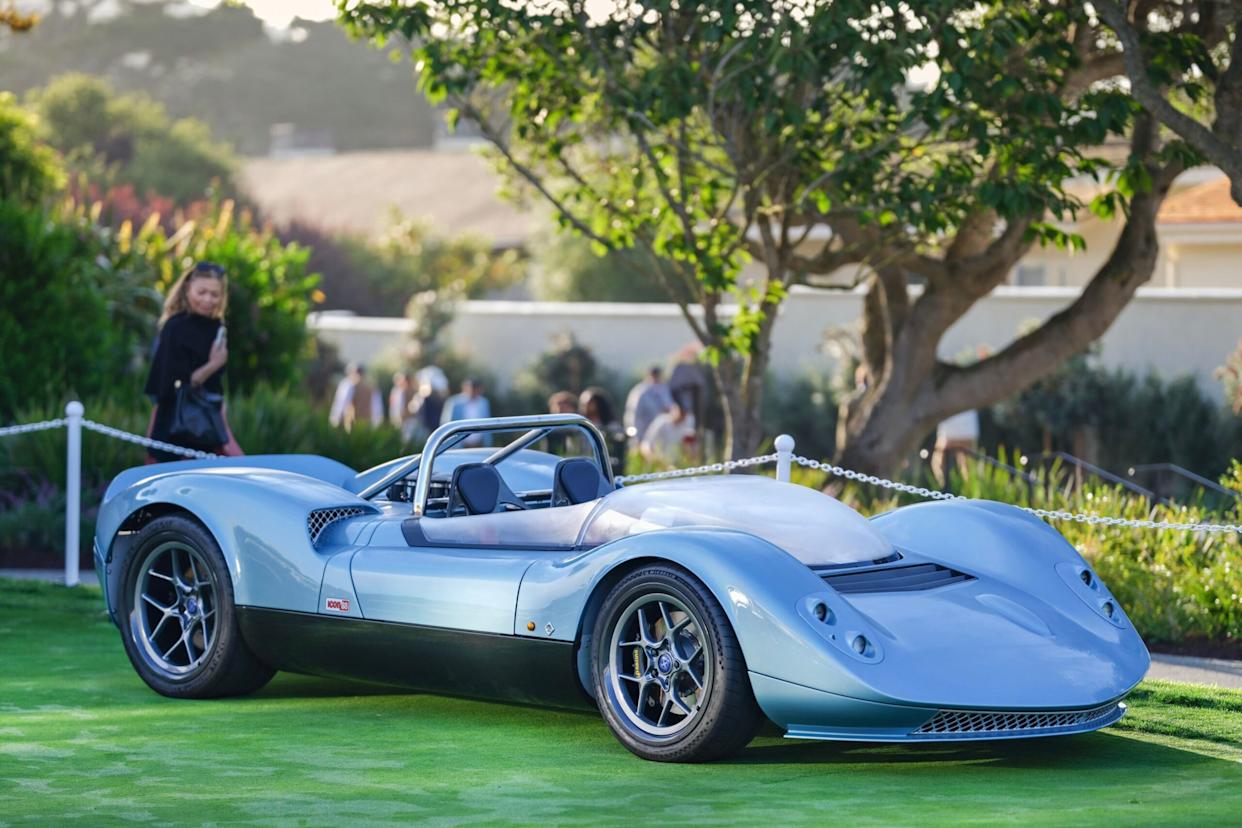

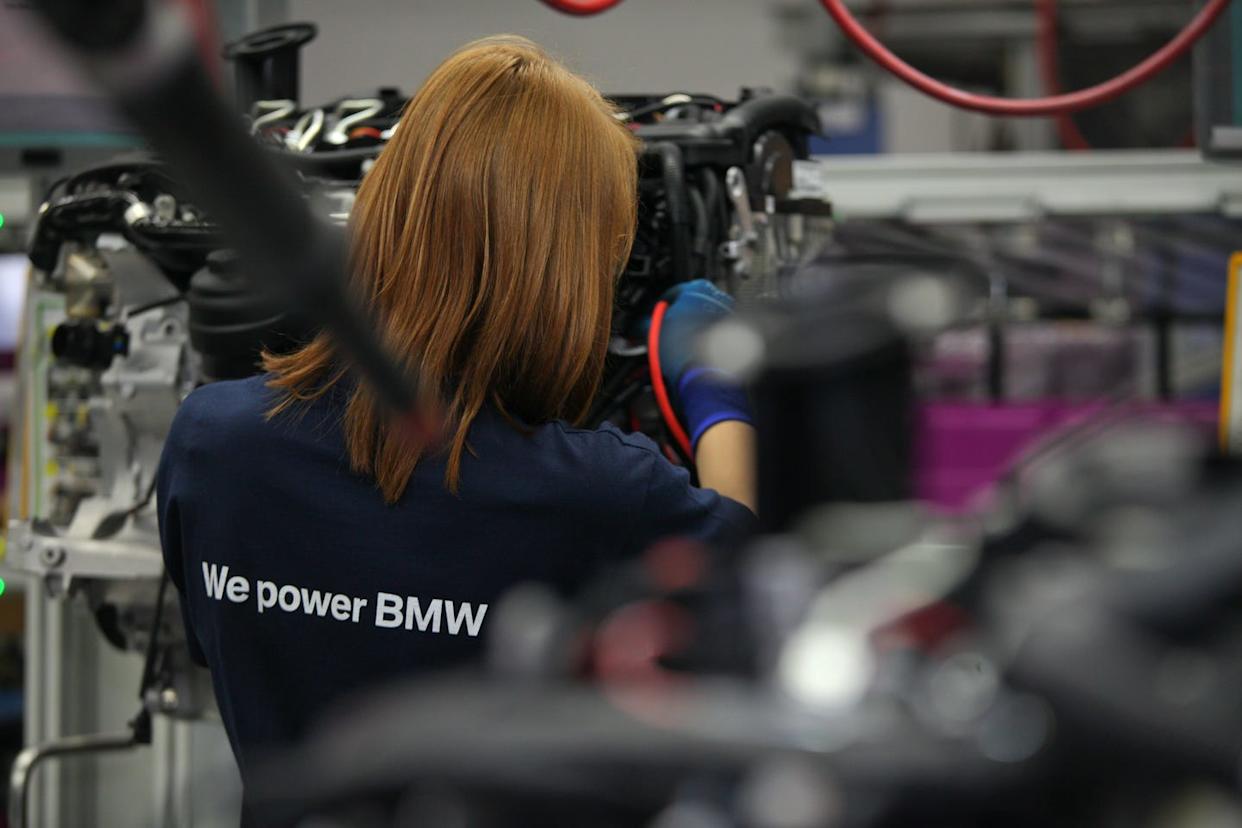
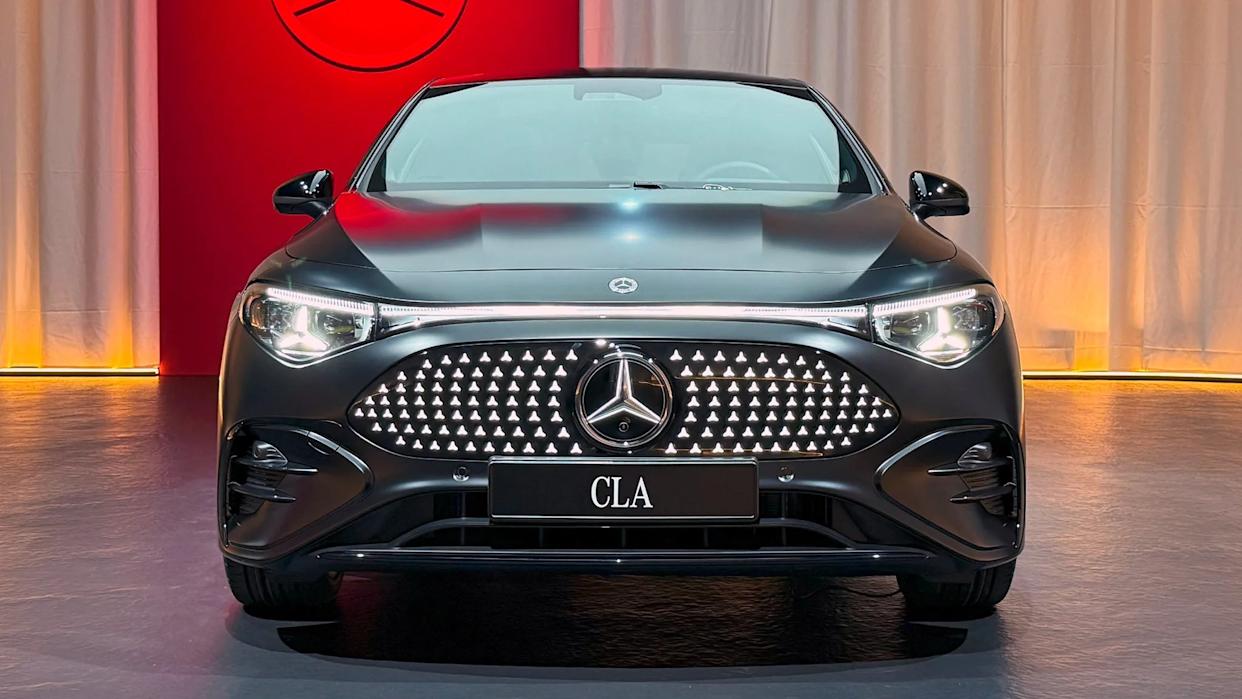
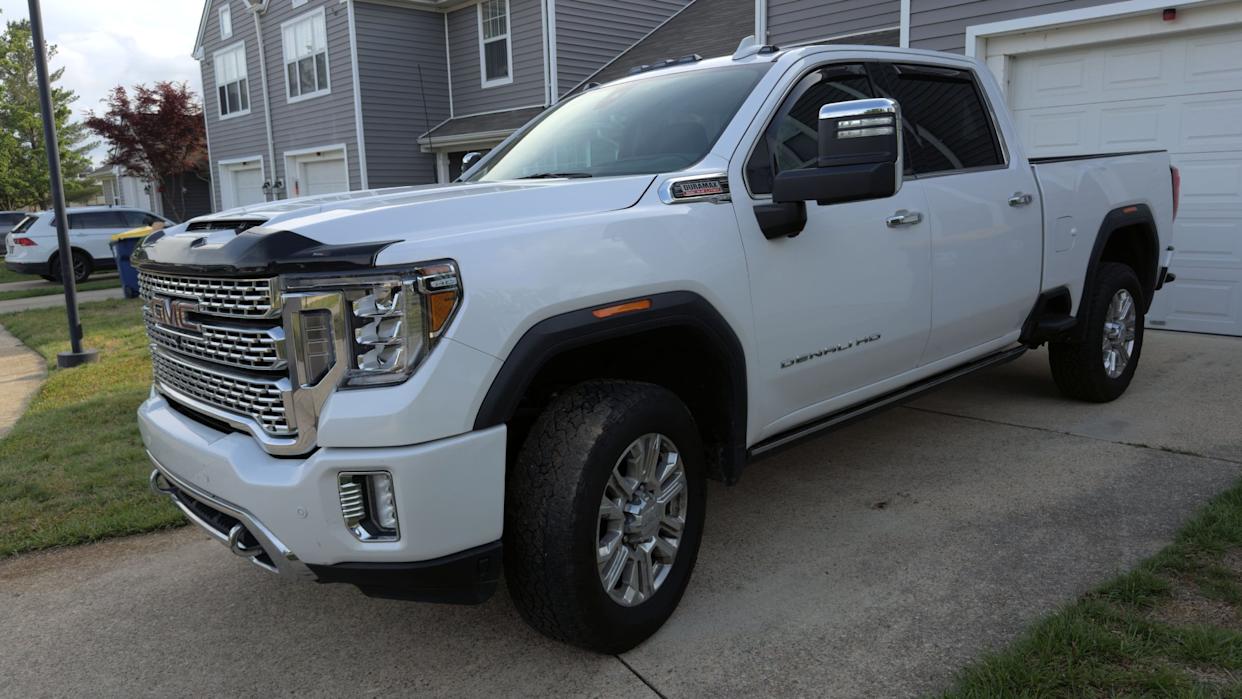
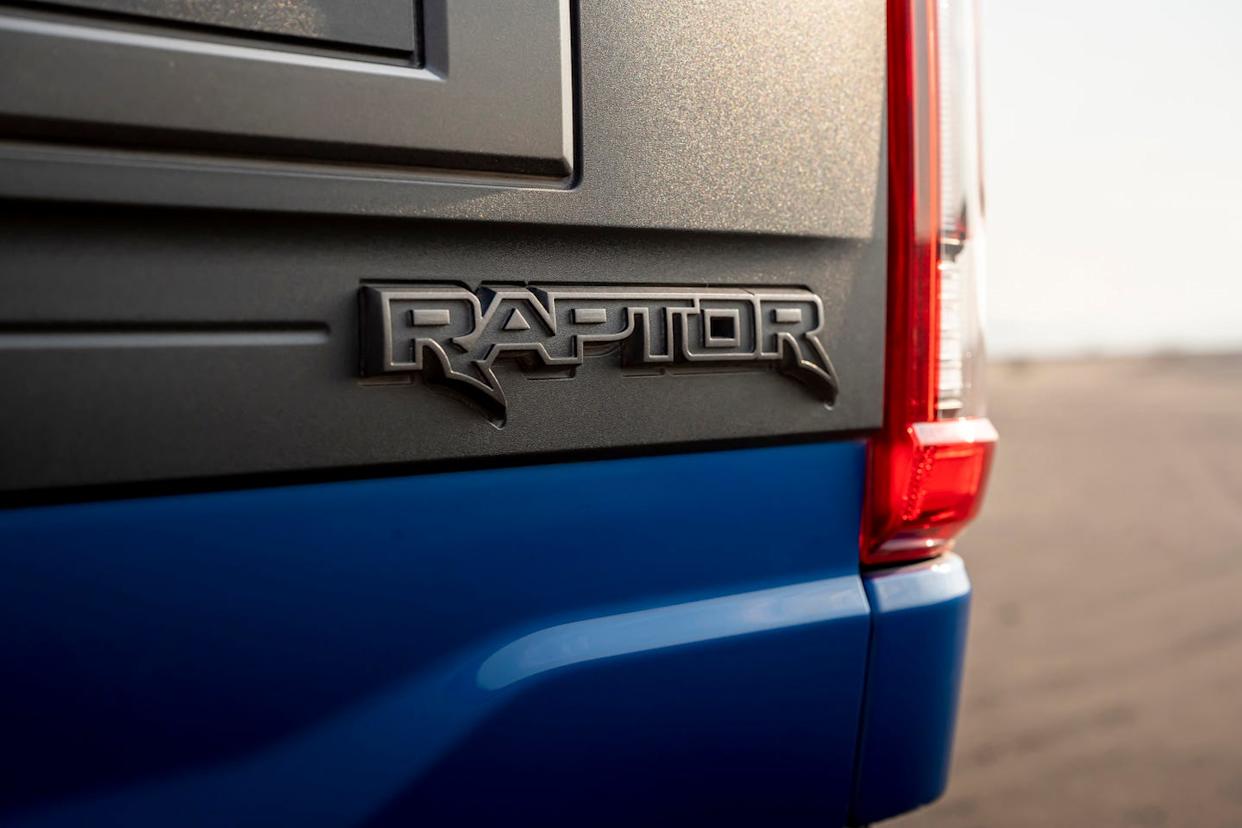
Comments